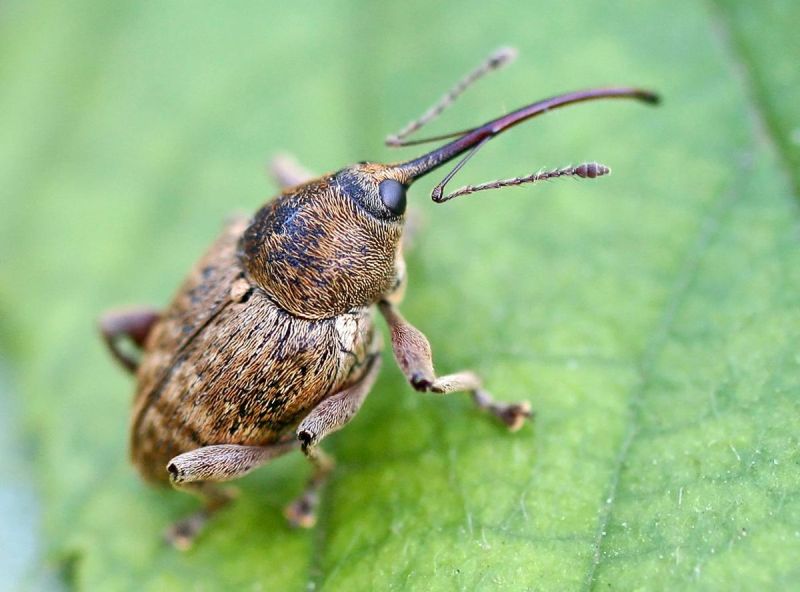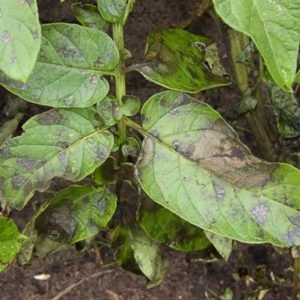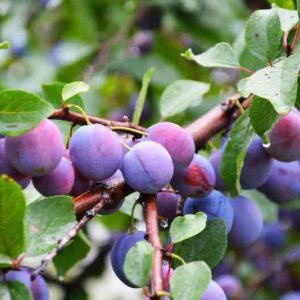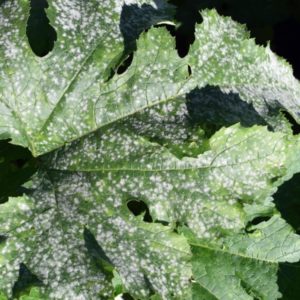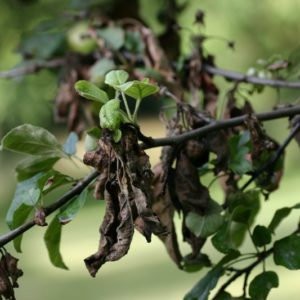How to manage Curculio nucum in hazelnut orchards? Hazelnut balanin is generally considered to be the worst pest of hazelnut trees.
Habitat
The hazelnut balanin, Curculio nucum , is a species of weevil, a beetle, widespread and generally common throughout western Europe, from the northern Mediterranean to southern Scandinavia.
Typical habitat is deciduous forest, parks and mixed hedges where the host, the hazelnut tree is found.
They can be abundant on trees growing on limestone meadows. Adults can be found among the foliage from April or May through late August.
Operation

At the start of the season, the hazelnut balanin will eat the hazelnut blossoms, weather permitting. Indeed, these weevils need an air temperature of at least 16 ° C to emerge as adults. They only fly when the temperature reaches 20 ° C.
Then he begins to eat the young hazelnuts. The hazelnuts that the balanin eats at the start of the season will be stunted and brown. A little later in the season, the fruits turn almost black and hollow. The ravaged flowers and hazelnuts fall to the ground before they develop normally and the hazelnuts are ripe.
Treatment against hazelnut baladin
Based on the animal’s life cycle, it seems reasonable to attack both balanins in the soil, immobile much of the year and beyond. In conventional commercial plantings, it is still common to spray pesticides in the spring and early summer to kill mature beetles.
Effective organic treatments

As a more ecological alternative to the fight, both nematodes and fungi are used.
- A proven kind of nematode, Heterorhabditis bacteriophora which drastically reduces the number of caterpillars that develop in spring
- The (soil) fungus Beauveria bassiana appears to be very effective against balanin. For it to have the desired effect, you need soil where the larvae should be well watered with preparation of this fungus.
Chickens against the hazelnut wanderer
If such treatments remain organic and harmless, another solution would help keep the spread of balanin from hazelnuts in check: hens, by placing them among the hazelnut plantations from July / August to September, when the larvae crawl out of the fruits.
It works because hens (or other birds that eat insect larvae and bugs), but there is no certainty in the biological control of balanin. Since the larvae burrow deeply (often more than 20 cm), there remains the question of how many larvae the hens can eat before they disappear into the ground, where the hens can no longer reach them. However, it can’t hurt to let the hens come out among the hazel trees in the spring when the beetles have just hatched.
- Creating good conditions for populations of beneficial insects is always a good idea in the garden.
- If the flowers are visited by other insects, the balanin may not take hold.
Tarpaulins as a balanin trap

Another solution, on a small scale, may also work:
- Some tarps put in hazelnut when larvae begin to crawl out of hazelnuts.
- When they fall on the tarp and become easy prey for various predators (or chickens).
- The soil is kept dry under the tarp, which should make it more difficult to dig a burrow for the larvae that still manage to get through the tarp.
Description of hazelnut balanin
Curculio nucum measures 6-8 mm. Completely black but for the antennas and the platform beyond the red antenna insertions.
- The eyes are large and round, meeting the rostrum anteriorly, the antennae very long and slender, and the rostrum glabrous and enlarged just before the apex inside view.
- The elytra are directed backward with 2-5 transverse bands of slightly wider scales that form a pattern.
- The legs are dark but the shins are variously paler.
Curculio nucum life cycle

Females feed on foliage or leaf buds for 4-8 weeks in the spring before becoming sexually mature. Mating takes place from June, with spawning beginning shortly thereafter. A single egg is laid on a developing nucleus, while it is still soft, and each female will lay between 20 and 30 eggs.
The larvae emerge after about a week and begin to feed inside the hazelnuts (walnuts) where they induce the formation of bile. The larvae of the balanin feed for about a month, consuming most of the content, and after the hazelnut falls, they pierce the shell and burrow into the soil where they build a cell-burrow (to a depth of 20-30 cm). To dig, the larvae need moist, loose soil.
The larvae then spend the winter and most will then spend the summer in diapause (stopping development). Pupation (transformation of the larva into a pupa towards the adult stage) occurs at the end of summer and the adults hatch in the fall, overwinter in the pupal case and emerge the following spring.
Thus, the life cycle is spread over three years, but this varies with the larvae which spend one to three years in diapause.
This can be advantageous over an annual cycle as it could allow adults to avoid variation in nut production or the build-up of predators and parasites following a population explosion.
How is hazelnut balanin dangerous for the hazelnut tree?
In temperate to warm continental areas, Curculio nucum continues to be a serious pest of hazelnut crops.
- The larvae destroy large quantities of tree nuts.
- Adults act as a vector of the brown rot (or dry cubic rot) fungus, an invasive species affecting a wide variety of commercially grown fruits.
Examining old fallen hazelnuts for exit holes is a good way to find host plants, and threshing or sweeping late spring foliage is the best way to sample adults.
